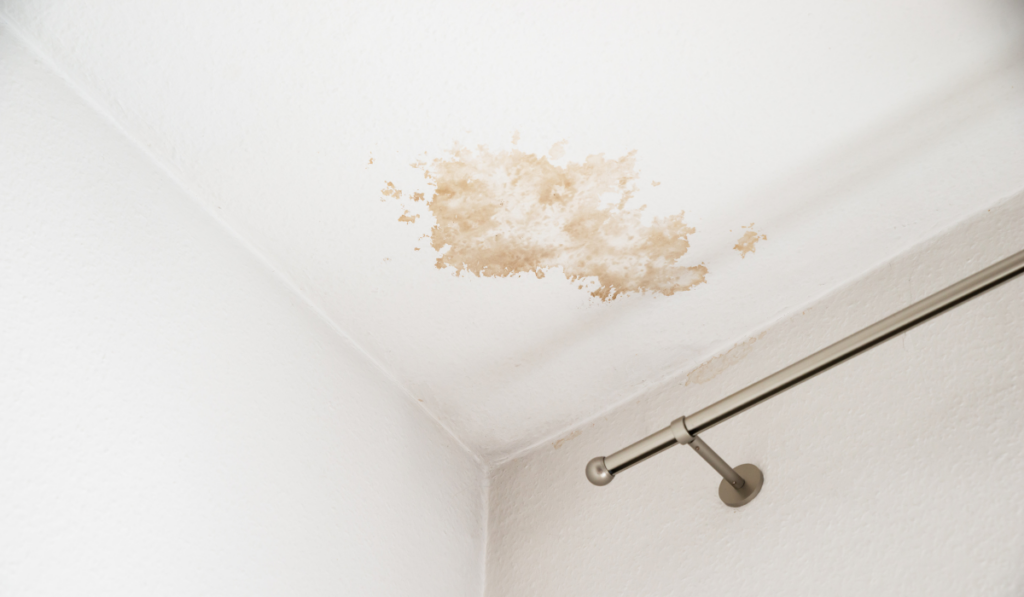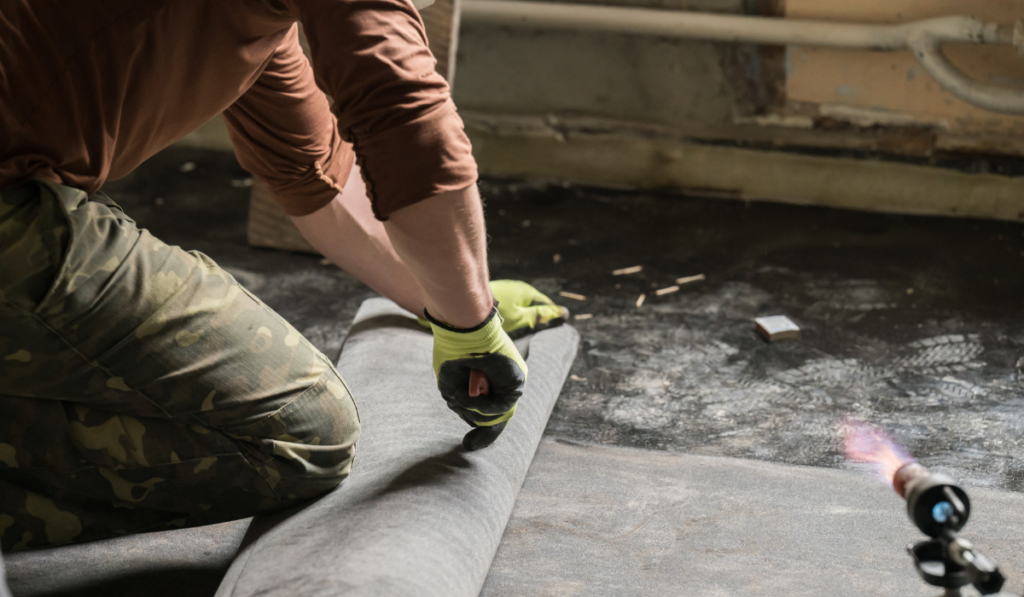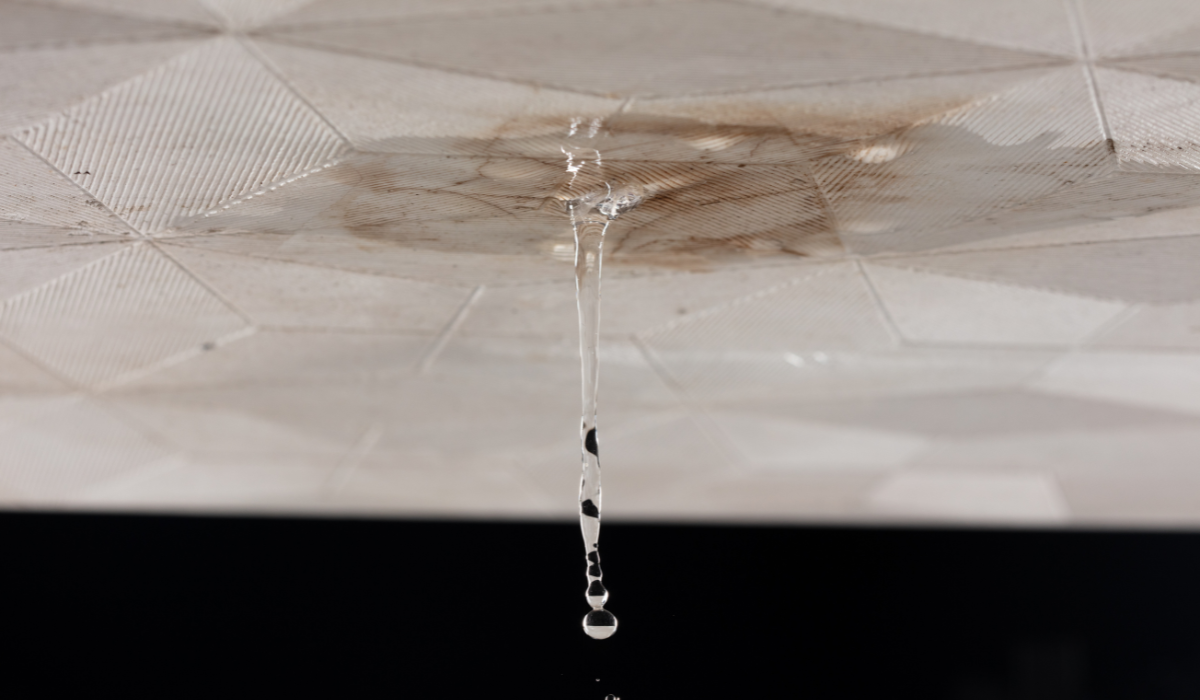Table of Contents
Waterproofing is one of the most essential aspects of maintaining a building’s structural integrity. Whether it’s a residential or commercial property, failing to invest in proper waterproofing solutions can lead to serious consequences. Water intrusion can cause severe structural damage, health hazards, and expensive repairs. Unfortunately, many property owners overlook waterproofing until it’s too late.
Poor waterproofing can lead to wall seepage, mold growth, and even major structural failures. Hiring a waterproofing specialist in Singapore ensures that your property remains safe, durable, and resistant to moisture damage. In this blog, we will explore the common signs of waterproofing failure, risks associated with neglecting it, causes of waterproofing issues, and how you can prevent costly repairs by investing in waterproofing services in Singapore.
Signs of Waterproofing Failure
Waterproofing problems don’t appear overnight. There are clear warning signs that indicate the need for immediate attention. Recognizing these signs early can save you from expensive repairs.
How to Identify Early Warning Signs
- Damp Walls & Peeling Paint: One of the first signs of waterproofing failure is the appearance of damp patches on walls. If left unaddressed, these patches can lead to peeling paint, bubbling wallpaper, and even mold growth.
- Mold & Mildew Growth: The presence of mold and mildew is a major red flag. Not only does it cause unpleasant odors, but it also poses serious health risks, including respiratory issues.
- Water Stains on Ceilings & Walls: If you notice water stains or discoloration on your walls or ceiling, this could be due to roof leakage or failed waterproofing in your building.
- Basement Water Damage: If your basement feels damp or you notice puddles forming, it’s a clear sign of waterproofing failure. Immediate intervention is required to prevent structural damage.

Don’t Ignore Waterproofing Issues
Ignoring waterproofing problems can lead to significant long-term damage. The risks extend beyond aesthetics and can impact the safety of your building.
Structural Damage to Buildings
Water infiltration can weaken a building’s foundation, corrode steel reinforcements, and lead to cracks in walls and floors. Over time, this can compromise the structural integrity of the entire property.
Water seepage undermines structural materials over time. Concrete, for example, is porous and absorbs water. If left unchecked, this leads to corrosion of embedded steel reinforcement (rebar), causing it to expand and crack the surrounding concrete. This is known as “concrete cancer.” According to the Building and Construction Authority (BCA) Singapore, waterproofing and concrete protection systems are critical in preventing structural failures in tropical climates like ours, where heavy rainfall is frequent.
Health Hazards and Lower Indoor Air Quality
Mold spores thrive in damp environments, prolonged water damage leads to poor indoor air quality. For residents, long-term exposure to mold can cause respiratory issues, allergic reactions, and other health problems.
Prolonged exposure to mold can be harmful, especially in enclosed environments. The World Health Organization (WHO) states that indoor dampness and mold are associated with a range of respiratory issues, including asthma, chronic bronchitis, and hypersensitivity pneumonitis. A study published in the International Journal of Environmental Research and Public Health also links prolonged mold exposure to neurological symptoms and fatigue. In a sealed indoor space, especially in humid climates like Singapore, the presence of mold can rapidly degrade air quality and pose long-term health risks.
Interior Damage and Energy Loss
Roof leaks not only damage ceilings and walls but can also lead to increased energy consumption. Moisture penetration affects insulation, making it harder for air-conditioners to maintain indoor temperatures efficiently.
When insulation is compromised by water ingress, its thermal resistance (R-value) decreases significantly. A case study by the U.S. Department of Energy shows that wet fiberglass insulation loses up to 40% of its insulating capacity. In practical terms, this means air-conditioning systems must work harder, leading to higher energy bills. For instance, in a 12 sqm Singapore bedroom with compromised insulation, monthly energy consumption can increase by 15%–20%, which adds up over time in a country where cooling accounts for about 40% of household electricity use.

Common Causes of Poor Waterproofing Problems
Understanding the root causes of waterproofing failures helps in taking proactive measures to prevent damage.
Waterproofing Mistakes During Construction
Many waterproofing failures stem from poor initial construction practices. Improper application of waterproofing membranes and a lack of proper drainage systems can lead to long-term issues.
In 2020, a condominium project in Bukit Timah faced extensive post-construction waterproofing issues due to improper installation of waterproofing membranes during the building phase. Water started seeping into underground carparks and basement units. The management council had to spend over SGD 500,000 for remedial works and resident compensation. The incident was documented in several forums and reported to BCA, which highlighted the importance of engaging qualified waterproofing contractors early during construction.
Poor Quality Waterproofing Materials
While workmanship is important, the quality of waterproofing materials matters too. Using substandard waterproofing materials increases the likelihood of premature failure. Investing in high-quality solutions such as torch-on waterproofing membranes or nano waterproofing ensures long-lasting protection.
A 2018 incident involving a warehouse in Tuas revealed severe roof leakage caused by low-quality waterproofing membranes. The membranes, which were not UV-resistant, deteriorated within three years. The business experienced inventory loss due to water damage. Eventually, the facility was re-waterproofed using a torch-on membrane system. The cost of reinstallation was double the original cost — highlighting the hidden expense of choosing cheaper, substandard materials.
Lack of Maintenance
Waterproofing systems require regular maintenance. Neglecting routine inspections can allow small issues to escalate into significant problems that require costly repairs.
A landed property in Serangoon experienced recurring ceiling leaks despite being only 7 years old. Upon investigation, it was found that the original waterproofing had failed due to clogged roof drainage and absent maintenance. The owner had never scheduled inspections or reapplications. By the time repairs were made, damage had spread to both interior drywall and timber flooring, costing over SGD 15,000 in total. This would have been preventable with routine inspections and a SGD 1,200 annual roof waterproofing plan.
How Investing in Building Waterproofing Services Saves Money
Waterproofing might seem like an additional expense, but it is far more cost-effective than repairing major damages caused by water leaks. Fixing water damage often involves replacing walls, flooring, and even structural reinforcements. These repairs can be extremely costly compared to the price of professional waterproofing services.
A yearly investment in waterproofing applications for roof and wet areas can prevent frequent and expensive repairs in the long run
Here is the pricing comparison table showing typical repair costs versus the cost of regular waterproofing maintenance in Singapore.
| Item | Average Cost (SGD) |
| Wall Repair (Seepage/Mold Remediation) | 3500 |
| Flooring Replacement (Due to Water Damage) | 5000 |
| Structural Reinforcement (Crack/Stability Repair) | 10000 |
| Yearly Roof Waterproofing Maintenance | 1200 |
Conclusion
Waterproofing is essential for the longevity and safety of any building. Ignoring the signs of water damage can lead to serious structural issues, health hazards, and excessive repair costs. Engaging a waterproofing specialist in Singapore ensures that your property is adequately protected from water intrusion.
From concrete repair to roof leakage waterproofing solutions, taking the right precautions today can save you significant expenses in the future. Don’t wait for costly repairs — invest in reliable waterproofing services.
Need a trusted expert? Contact Secure Waterproofing today for professional consultation and effective waterproofing solutions!

